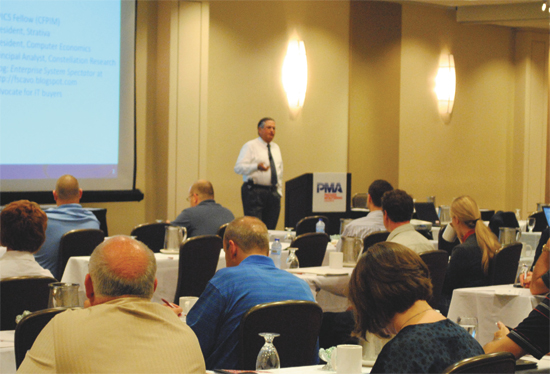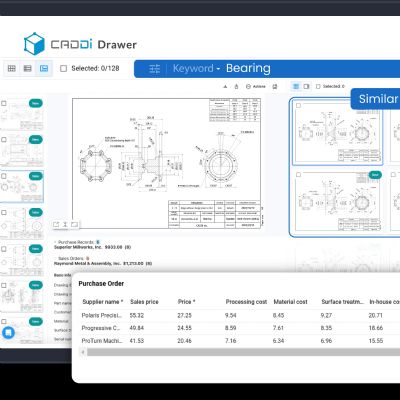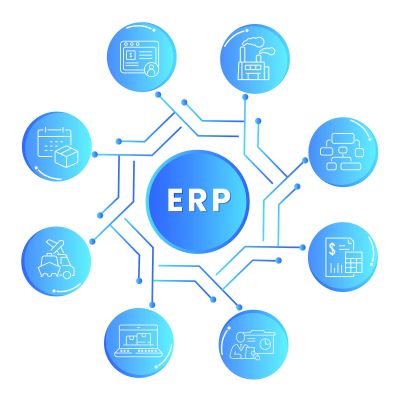ERP—More Processing, Less Planning
September 1, 2012Comments
ERP software programs are not primarily planning systems, they're more transaction-processing systems. Benefits are primarily in standardizing and automating business processes. To perform what-if planning, understand trends hidden in the data, or to gain a 360-deg. view of customers, for example, you need to go beyond ERP.
![]() When I served as a keynote presenter last year at MetalForming magazine’s inaugural Manufacturing ERP Experience conference in Chicago, I discussed current ERP trends and best practices for success. This presented a challenge: I’ve been speaking about ERP for more than 20 years, so I asked myself: “How can I provide a presentation on this subject different than one I would have given 20 years ago?”
When I served as a keynote presenter last year at MetalForming magazine’s inaugural Manufacturing ERP Experience conference in Chicago, I discussed current ERP trends and best practices for success. This presented a challenge: I’ve been speaking about ERP for more than 20 years, so I asked myself: “How can I provide a presentation on this subject different than one I would have given 20 years ago?”
During the keynote, I thought of at least three s in which ERP software differs today, and one in which it remains the same.
ERP as a Platform
Twenty years ago, ERP was viewed, in effect, as the final destination. For example, customer-relationship management (CRM) was not yet popularized (Siebel was founded in 1993). In most companies, business intelligence was limited to report-writing or custom-built data warehouses. Mobility apps and collaboration systems were a long off in the future. Even e-mail was not well-established in business communications. So, ERP was where most of the action was, especially in the manufacturing sector, where it has its roots.
Although ERP was a hot topic in the early 1990s, today we understand that ERP really does not do all things equally well. Even the term “Enterprise Resource Planning” (an evolution of the “Material Requirements Planning” and “Manufacturing Resource Planning” systems of the 70s and 80s) is a misnomer. ERP systems are not primarily planning systems; they are transaction-processing systems. Benefits primarily are in standardizing and automating business processes. To perform what-if planning, understand trends hidden in the data, or gain a 360-deg. view of customers, you need to go beyond ERP. 
Frank Scavo provided a keynote presentation at The Manufacturing ERP Experience, held August 23-24, 2011, in Chicago, IL. He’ll provide another keynote presentation at this year’s Manufacturing ERP Experience, slated for October 3-4, 2012, in Cleveland, OH. Learn more and register to attend at www.metalformingmagazine.com/ERP.
ERP plays a unique role in a company’s applications portfolio, and forms the foundation for so many other things that organizations want to do. Sure, you can go out and implement CRM as a standalone system, but CRM works better when integrated with ERP for end-to-end business processes. Likewise, some organizations have implemented supply-chain management (SCM) software without ERP, but SCM is much more powerful when it builds upon ERP as the system of record. The same holds true for business-intelligence systems, collaboration systems and mobility apps—all deliver more value when they have ERP as their foundation.
Today, ERP is critical as the transaction-processing hub of an organization. In many respects, we can think of ERP as the new IT infrastructure—a standard platform for building out the rest of an organization’s enterprise-applications portfolio.










